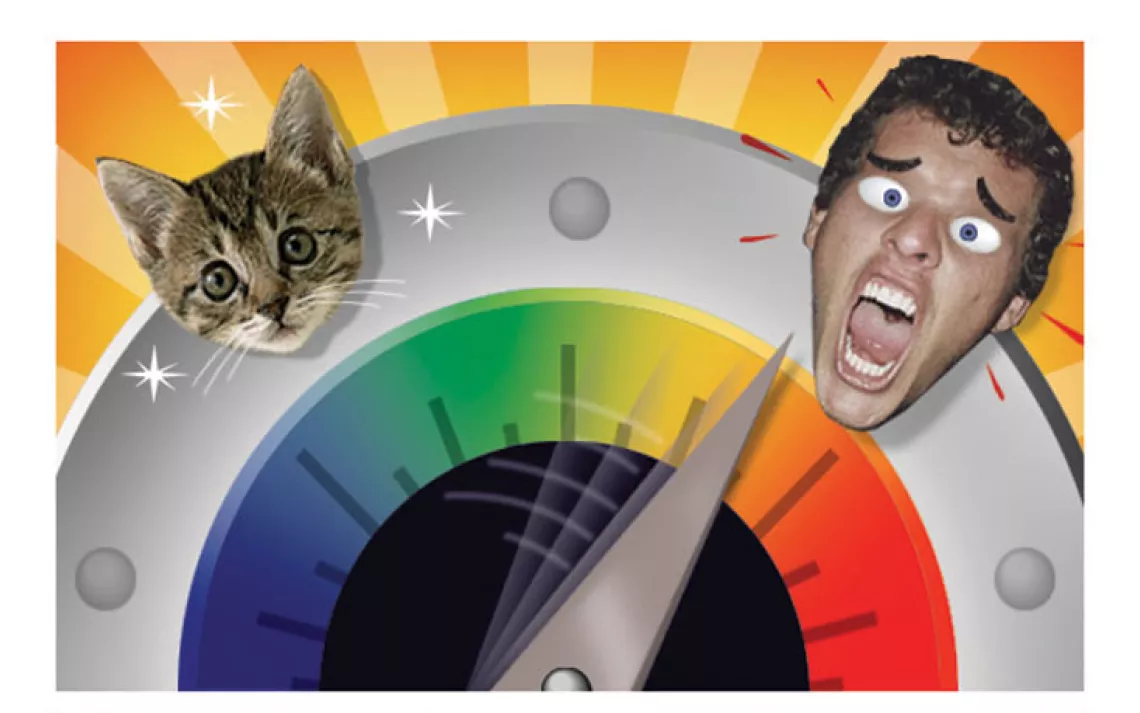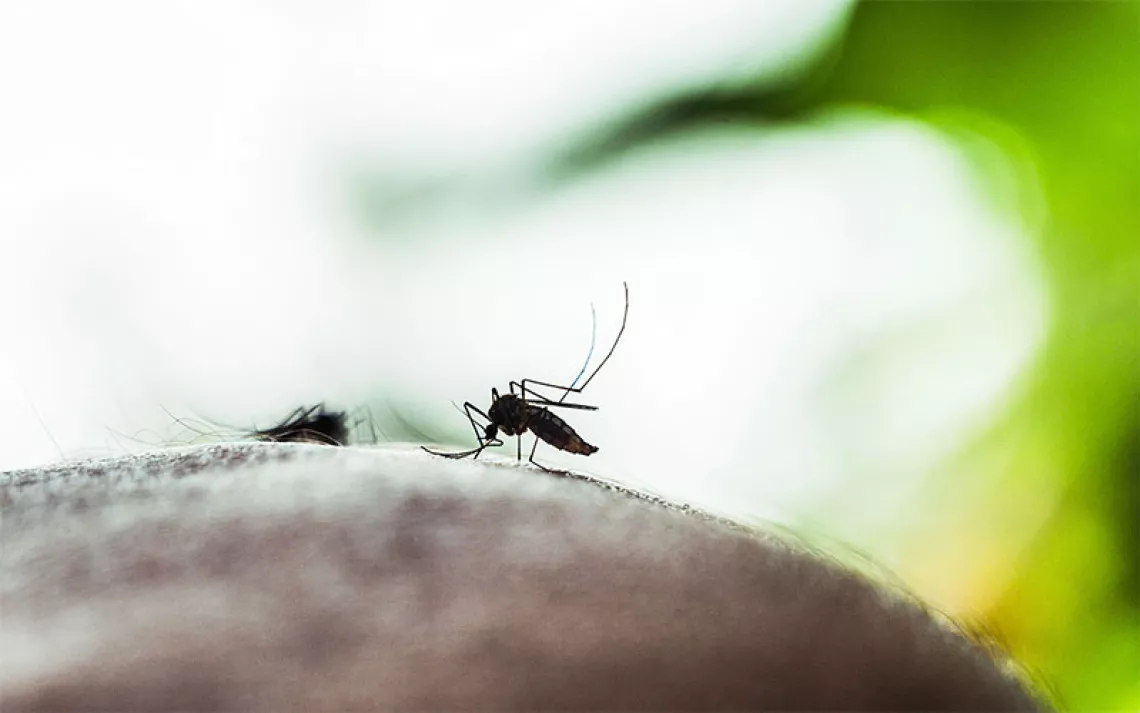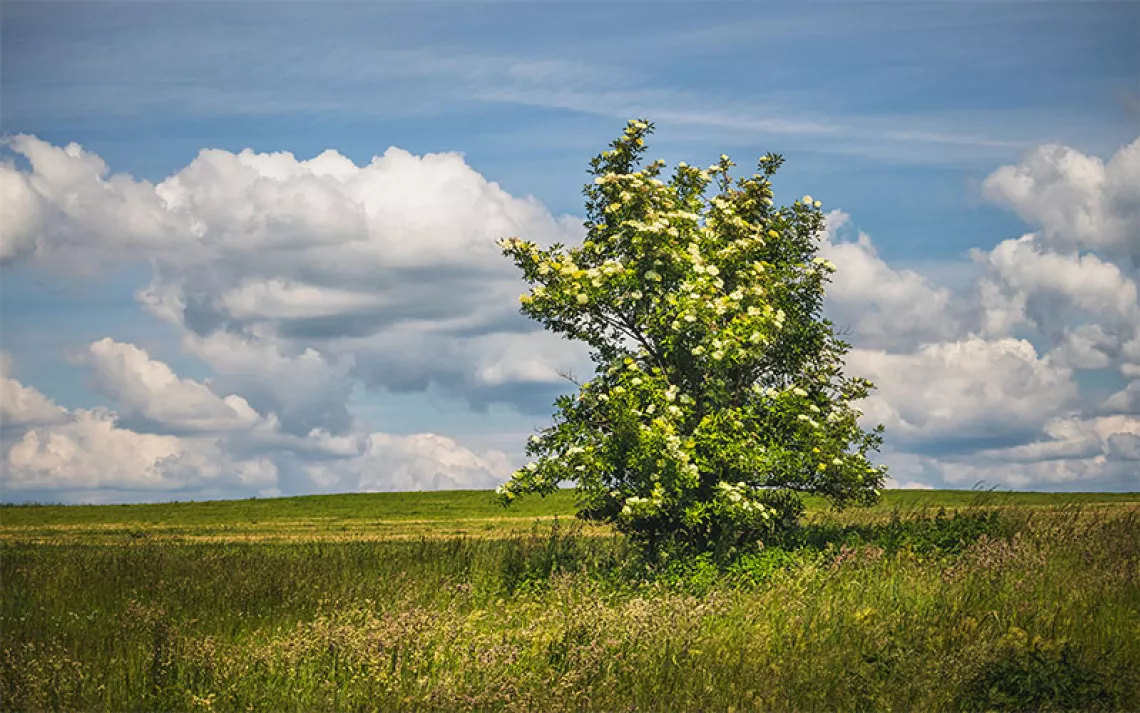Ready, Set, Panic: Valley Fever

The zombie apocalypse is upon us. The brain eaters are rising from the soil or from warm, shallow lakes. They are hungry, hard-to-kill microscopic organisms, whose murderous rampages manifest as the nearly incurable infections valley fever and primary amoebic meningoencephalitis. They thrive in the hot, dry weather of a warming planet.
Valley fever, the more common of the two, is caused by breathing dusty air contaminated by Coccidioides, a fungus found in the soil in dry areas of Arizona, California, New Mexico, and Texas. More than 20,000 cases of valley fever are reported each year, an estimated 160 of which are fatal, but experts speculate that the true number of infections could be more than seven times higher. Two-thirds of those with the disease have no symptoms, but the rest experience a persistent fever and cough. Some develop pneumonia. In one out of every 100 cases, the fungus spreads to the bones, skin, or brain. The result can be chronic pain, seizure, coma, and death. While antifungal drugs can help control the disease, there is no cure.
Two California penitentiaries, Avenal and Pleasant Valley State Prisons, have been valley fever hot spots. Rates of infection are 189 times greater than the norm at Avenal and 1,000 times greater than the norm at Pleasant Valley. No one knows for sure why this is. It may be because prison construction disturbed a large number of spores in the soil. More than 1,800 inmates at the two facilities contracted valley fever between 2008 and 2012, costing the state Department of Corrections more than $23 million in healthcare costs and making it the subject of a class action lawsuit by current and former prisoners who contracted the illness while incarcerated. Since 2006, there have been 75 valley feverârelated deaths among California's prisoners.
Primary amoebic meningoencephalitis is caused by an amoeba called Naegleria fowleri that thrives in warm freshwater. When a swimmer gets water up the nose, the amoebas travel up the olfactory nerve to the brain, where they chow down on gray matter. Just a handful of people get the disease each year, but only one person has ever survived. Once found almost exclusively in the nationâs southernmost states, N. fowleri infections have now been documented in Virginia, Kansas, and Minnesota. Most infections happen in the summer, when people are swimming in polluted lakes.
 The Magazine of The Sierra Club
The Magazine of The Sierra Club







